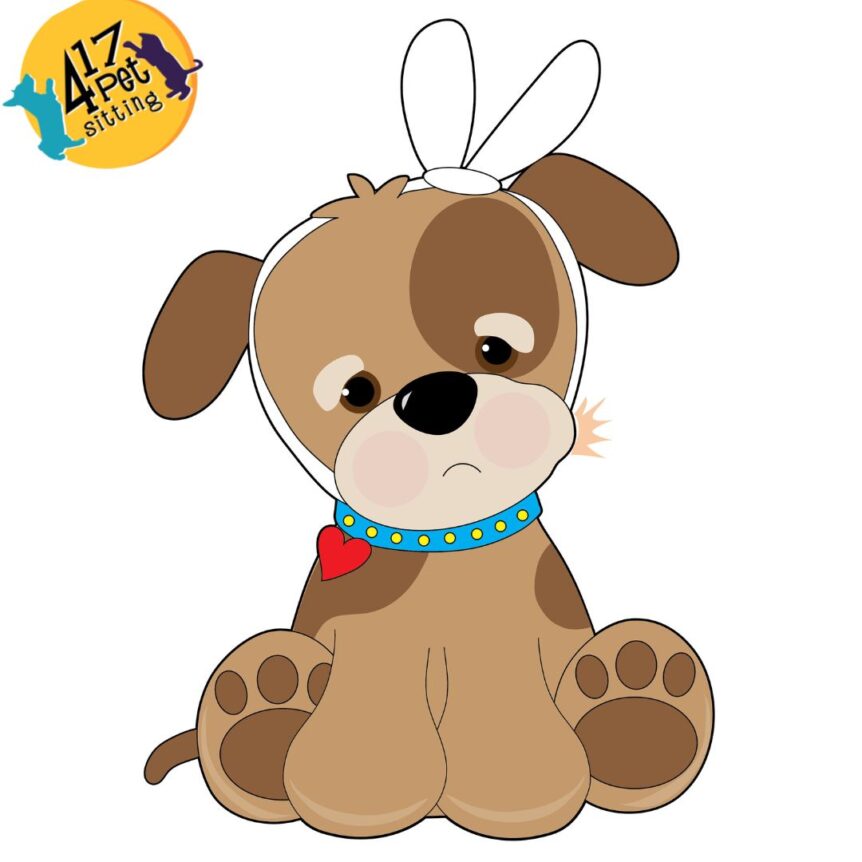Pet toothaches are notoriously hard to spot in pets thanks to our companion’s enthusiastic love of food. Most pets will plow through their meals, regardless of the oral pain they may be experiencing. Also, more often than not, our pets don’t like us sticking our hands in their mouths any more than we want to do it, which makes looking for gumline infections or damaged teeth extremely difficult. These factors can lead to undiagnosed toothaches in our pets, which can last for months or even years.
Although indications of oral problems can fly under the radar, here are a few things you can look for in your pet:
• Red, swollen, or bleeding gums
• Excessive or bloody drool
• Any swelling along the jaw or under either eye
• Loose or broken teeth
• Sneezing or discharge from the nose
• Avoiding hard toys, chewies, or treats
• Change in play behavior (for example, no longer playing tug-of-war or lethargy)
• Avoiding head pats
• Favoring one side of the mouth when chewing
• Difficulty picking up food or dropping food out of the mouth often
• Decreased appetite or new preference for softened food
While keeping an eye out for these pet toothache signs is always a good idea, the best protection for your pet against teeth, gum, and mouth problems is regular teeth cleanings and visits to the vet.


